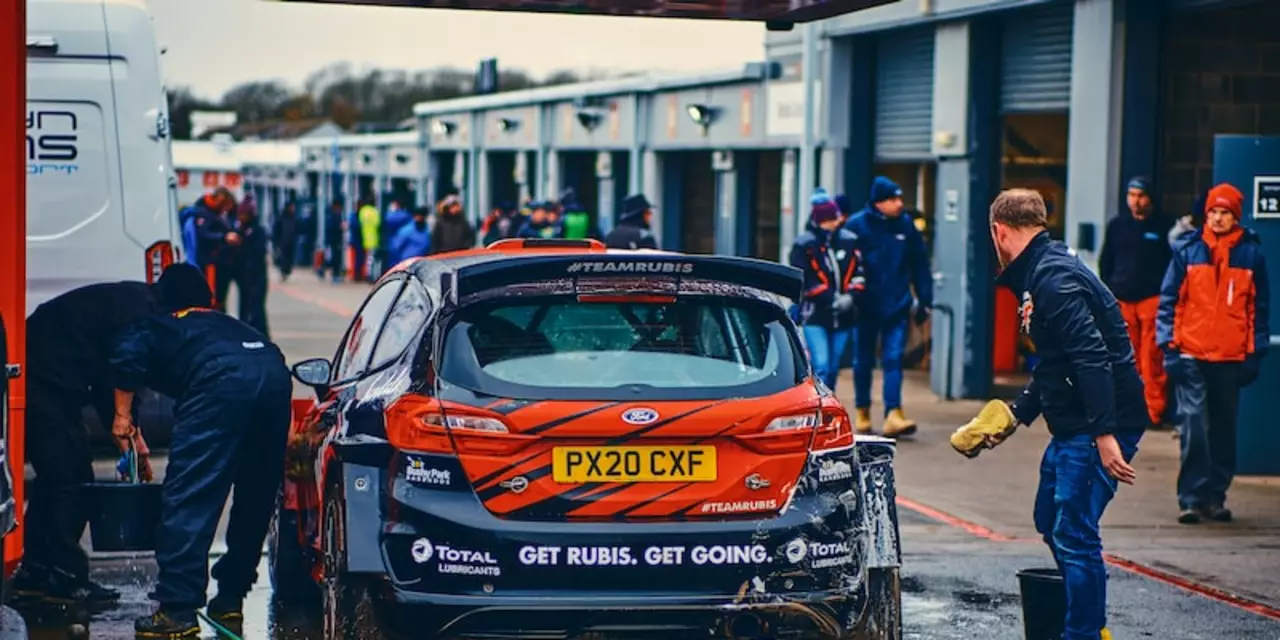Racing Tag – Your Quick Guide to Rally Action
Welcome to the racing hub of Carmageddon Rally Mayhem. If you love the roar of engines, mud‑splashed tracks, and split‑second decisions, you’re in the right place. Below you’ll find bite‑size tips and facts that help you enjoy rally racing whether you’re behind the wheel or cheering from the sidelines.
Rally Car Basics and Off‑Road Skills
Rally cars aren’t your everyday commuter. They’re built to jump over gravel, splash through mud, and hug snow‑covered turns. A front‑wheel‑drive (FWD) setup can hold its own on smoother sections, but four‑wheel drive (4WD) gives the best grip when the terrain gets nasty. Many racers favor hatchbacks for dirt rallies because the low weight and low centre of gravity make them nimble on uneven ground.
Handbrake use is a must‑know trick. Pulling the handbrake helps you lock the rear wheels for tight corner entry, letting you swing the car around a hairpin without losing momentum. Pair that with a quick gear shift on the gear lever – the two “sticks” a driver constantly juggles – and you’ve got a solid technique for sliding through tight spots.
Getting Started and Staying Safe
Teenagers eager to jump into rally should start by joining a local club, finding a mentor, and getting proper safety gear. Practicing on low‑speed courses builds confidence before tackling high‑speed stages. Simulators are also a great low‑risk way to learn; they mimic real terrain changes and let you rehearse handbrake turns without denting a car.
If you’re planning a rally in India, remember the basics: a valid licence, a car that meets local specs, helmet, safety belt, and respect for regional regulations. The adventure of navigating diverse landscapes can be a thrilling way to see the country while testing your driving chops.
Never overlook the co‑pilot’s role. The navigator reads pace notes aloud, warning the driver of upcoming turns, jumps, and surface changes. Their timing keeps the driver focused on steering and braking, turning a solo sprint into a coordinated team effort.
Speed in rally can be wild – most cars hit 130 mph on fast sections, with top‑level machines pushing past 180 mph on straights. Yet safety remains a priority: modern rally cars feature roll cages, harnesses, and fire‑suppression systems to protect drivers and co‑pilots alike.
While rally is exciting, it carries risks. Spectator safety is a real concern; organizers enforce strict zones and barriers to keep fans out of danger zones. Understanding the sport’s safety measures helps fans enjoy the action responsibly.
Whether you’re curious about why handbrakes matter, how FWD stacks up, or what a co‑pilot actually does, the racing tag gives you quick answers and deeper insights. Dive into the posts, try a simulation, and maybe you’ll be the next driver mastering a mud‑filled stage.
Got a question that isn’t covered here? Drop a comment or start a discussion with fellow enthusiasts. Racing is as much about community as it is about speed, and we’re all here to share the thrill.

In rally car racing, why were Group B rally cars banned?
Group B rally cars were banned in 1986 after a series of fatal accidents. These cars, built for speed, featured lightweight materials and turbocharged engines, making them the fastest, most powerful rally cars of their time. The cars' extreme capabilities and lack of safety measures made them too dangerous for public roads and caused a number of deaths of both drivers and spectators. As a result of the fatalities, the FIA (Federation Internationale de l'Automobile) decided to eliminate the Group B category and replace it with the safer Group A cars, which were less powerful and featured more safety features. This decision not only ensured the safety of drivers, spectators and the public, but also kept racing exciting for fans.